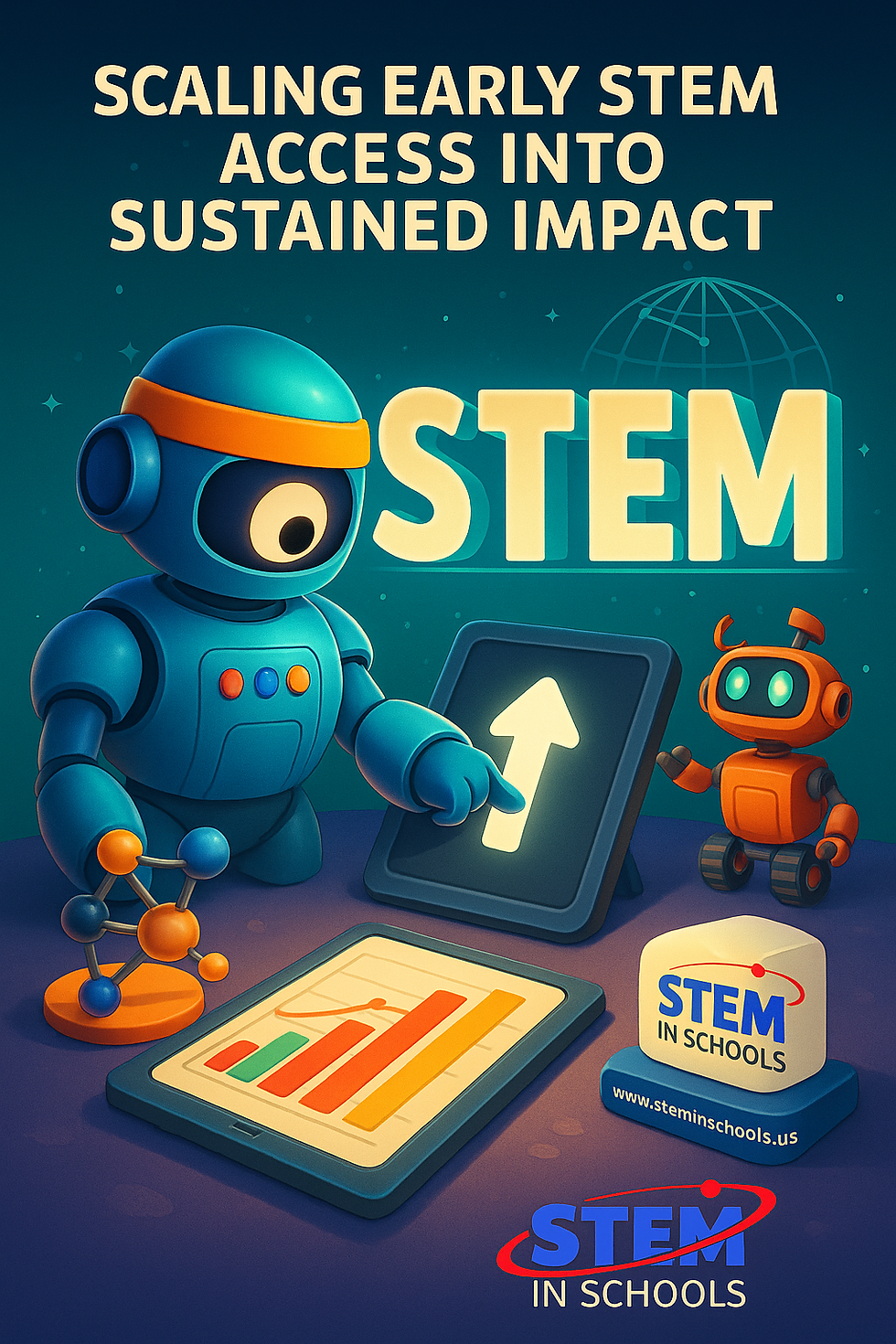From Calculators to AI Labs: Emerging Pathways inK–12 STEM Education
- Eduardo Galindo

- Aug 26
- 2 min read
STEM education is evolving globally, marked by three major developments in the past 24 hours.
1. Everyday STEM Integration
Robolink’s collaboration with Texas Instruments has enabled students to program drones using Python directly on the TI-Nspire CX II calculator. This innovation brings hands-on robotics into core math and science classes, making STEM learning more accessible and integrated. Such developments highlight how everyday tools can bridge computational thinking with traditional curricula.
2. AI-Centric Private School Models
Alpha School in Virginia represents a disruptive model in private K–12 education. Charging $65,000 per year, it replaces teachers with ‘guides’ and leans heavily on AI-driven adaptive learning systems. While such schools promise efficiency and individualized pacing, they raise critical questions about scalability, affordability, and the irreplaceable role of educators in fostering social-emotional learning.
3. Systemic Tech Rollouts in India
Kerala’s KITE and Navy Children School are embedding AI and robotics labs into their school systems. The initiative emphasizes open-source tools, robotics kits, and comprehensive teacher training. This model demonstrates how technology can be woven into mainstream education sustainably, ensuring digital literacy becomes part of a national strategy rather than isolated programs.
4. Comparative Analysis
These three approaches—calculator-based integration, AI-driven private schools, and systemic public-school rollouts—illustrate the diverse ways STEM education can evolve. Some are grassroots and accessible, others are experimental and exclusive, while others are policy-driven and scalable. The key lies in balancing innovation with equity and ensuring no student is left behind.
5. Actionable Insights for Educators
Educators can pilot classroom-friendly robotics programs, advocate for grants or funding, and invest in professional learning to harness new tools. Policymakers should evaluate experimental models like Alpha School to identify transferable elements while ensuring equity. Community stakeholders must push for scalable, sustainable integrations rather than isolated, elite-focused innovations.
6. Equity and Sustainability
Challenges remain in cost, teacher training, and infrastructure. To prevent inequities, stakeholders should explore open-source technologies, remote teacher training platforms, and partnerships with tech companies. Ensuring rural schools or underfunded districts are not left out is crucial to creating equitable STEM futures.
7. Vision Forward
The convergence of robotics integration, AI-powered classrooms, and systemic digital adoption paints a future where K–12 STEM is dynamic, global, and future-ready. By 2030, hybrid models that merge human teachers with AI systems, local labs with global curricula, and private innovation with public policy will likely define the STEM ecosystem.
Conclusion
The trajectory of STEM education is clear: integrate practical technology into classrooms, evaluate and adapt experimental AI-driven models, and scale systemic rollouts globally. Success depends on balance—innovation tempered with equity, speed aligned with sustainability, and creativity matched with inclusivity. Together, we can build a future-ready, holistic STEM ecosystem.


.png)


Comments